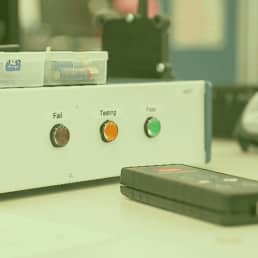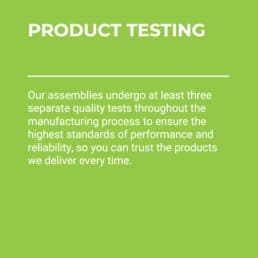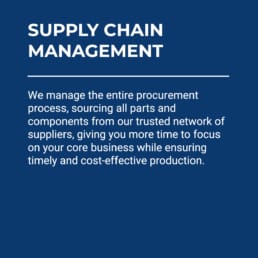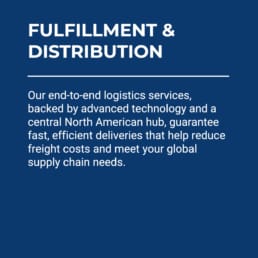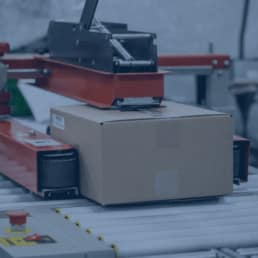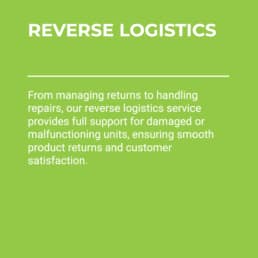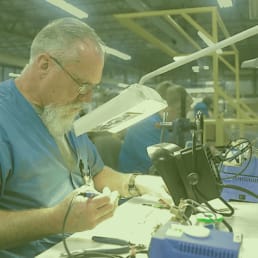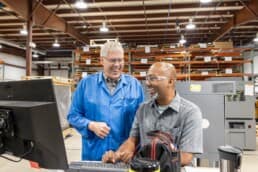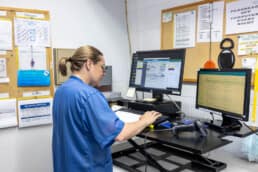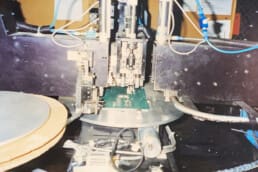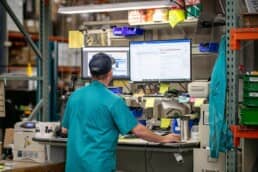Kitting vs. Pick and Pack
Thanks to recent technological advances, many things have changed about how manufacturing works. All manufacturers need a process to select and package parts for customer orders. However, while in the past, many manufacturers relied on a pick-and-pack process, nowadays, kitting is the more popular choice.
This is largely because of the way that customer expectations have shifted. Kitting allows for faster deliveries and a smoother fulfillment experience. Both of these are things that the modern customer is looking for.
But what are the key differences between these two order fulfillment methods, and which is better? The truth is that it depends. Each original equipment manufacturer (OEM) has unique needs and products they sell.
Which process is best for one OEM may not work for another. And the process each chooses depends mainly on the following details comparing kitting versus pick-and-pack processes.
WHAT IS PICK-AND-PACK?
Pick-and-pack and kitting fulfill the same part of the supply chain, but they differ in many ways. “Pick-and-pack” is a term used to describe a process where items are retrieved from storage and packaged for shipment.
With pick-and-pack, items stay in inventory until a customer orders them. Then, a worker picks the items for that specific order and packages them to send to the customer.
Some OEMs can automate some parts of the process. But in general, it is a heavily manual process that requires a large workforce.
This method is typically the most cost-effective for small-volume OEMs.
WHAT IS KITTING?
On the other hand, kitting is collecting and organizing separate but related parts for future use. In some cases, items with related SKUs are combined and given a new SKU. Kits may be stored until needed on the manufacturing assembly line or delivered directly to customers.
An everyday example of kitting is a computer order. A computer often has a charger, USB, software or other accessories. The OEM can combine the items most commonly purchased in a single kit they ship to the customer. This approach gives suppliers the flexibility to package kits in advance. Because of this, they further reduce shipping times once customers place an order.
Kitting has many advantages beyond basic time saved, though. It helps improve productivity since employees can assemble kits during slow times, then quickly retrieve them when orders pick up.
When an OEM utilizes the kitting process, they also organize and enhance control of the warehousing processes. This leads to fewer packaging and shipping errors or delays.
And because assembly line personnel don’t spend all their time picking orders, they can focus on value-added tasks.
Lastly, incorporating automation into the kitting process delivers even higher efficiency gains, resulting in more time and cost savings.
SO, WHICH IS BETTER?
There is no “one size fits all” solution to order fulfillment, and the answer depends on the specific application.
Customer expectations continue to grow, as does demand for shorter delivery times. Because of this making a case for the traditional pick-and-pack process is becoming more challenging.
Also, the pick-and-pack process is simple in theory, but the implementation can quickly become complex. It may be a good option for OEMs with a limited number of products. However, those with more products and variations require a more complex pick-and-pack process. There is also more room for human error in the pick-and-pack process the more complicated it becomes.
Kitting, on the other hand, offers OEMs flexibility and efficiency that pick-and-pack cannot.
OUTSOURCE KITTING TO RIS
Additionally, when OEMs switch to kitting, it becomes easier to outsource to a third party. Because kitting consists of packaging items ahead of time, it must happen where the inventory resides. This creates an excellent opportunity for OEMs to offload at least two major tasks.
Integrated contract manufacturers like RiverSide Integrated Solutions (RIS) can take over multiple tasks, including sourcing, assembly, distribution and more! We streamline production schedules, improve consistency and reliability and minimize the number of vendors involved.
These steps improve efficiency and reduce risk – saving the OEMs we work with time, resources and money.
About RiverSide Integrated Solutions:
RIS is an advanced contract manufacturer providing robust solutions in circuit board assembly and product assembly. We employ more than 350 people and provide services to OEMs worldwide. We operate two state-of-the-art manufacturing facilities within the US.
With all of the choices in contract manufacturers out there, we know it can be challenging to find someone who understands your business model and has your best intentions in mind. RIS has always proven to be a win-win-focused relationship.
As your one-stop shop, we have the capabilities, capacity, quality assurance standards and resources to support all of your manufacturing needs. We understand that supply chain management is complex and very time-consuming, so we urge our customers to utilize us in the fullest capacity.
Our total-package solutions include:
- Dedicated Program Team
- Extensive supply-chain network for efficient parts procurement and kitting
- Subassembly and full box-build
- Warehousing and drop-shipping capabilities
- Reverse logistics
- Flexible order fulfillment
- Scalability to meet your needs
Contact us today at (507) 523-3220 to see how we can help with your manufacturing project, or click contact us for a quote.


Get all of your manufacturing needs taken careof at one company with these added value services.
Ensuring ESD Safety in Electronics Manufacturing
September 18, 2024
Maximize Your Quoting Efficiency: Our Pre-Quote Checklist
August 21, 2024
Transform Your Fulfillment & Distribution Operations
June 17, 2024
Inside the World of Box Builds
May 13, 2024

